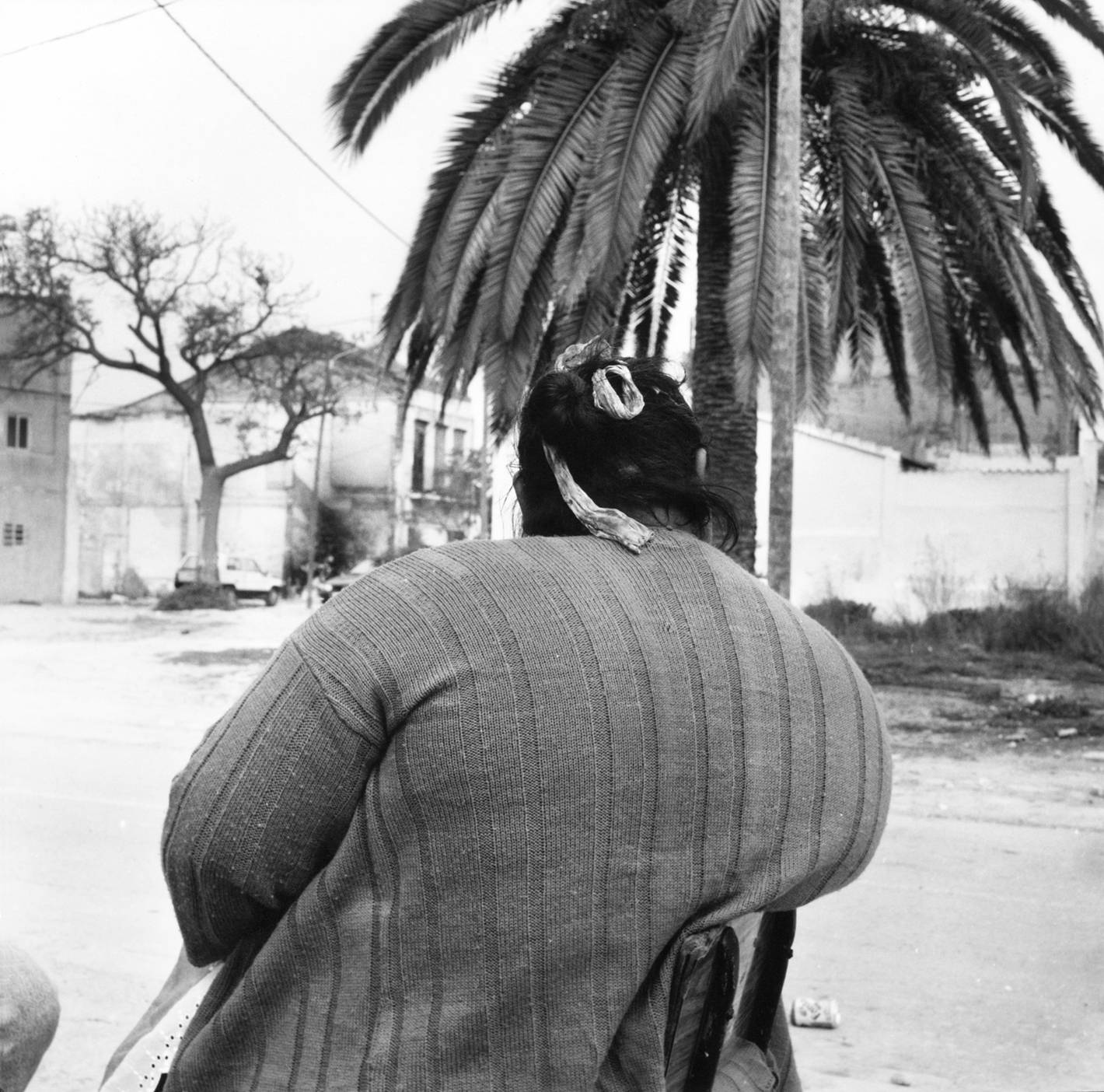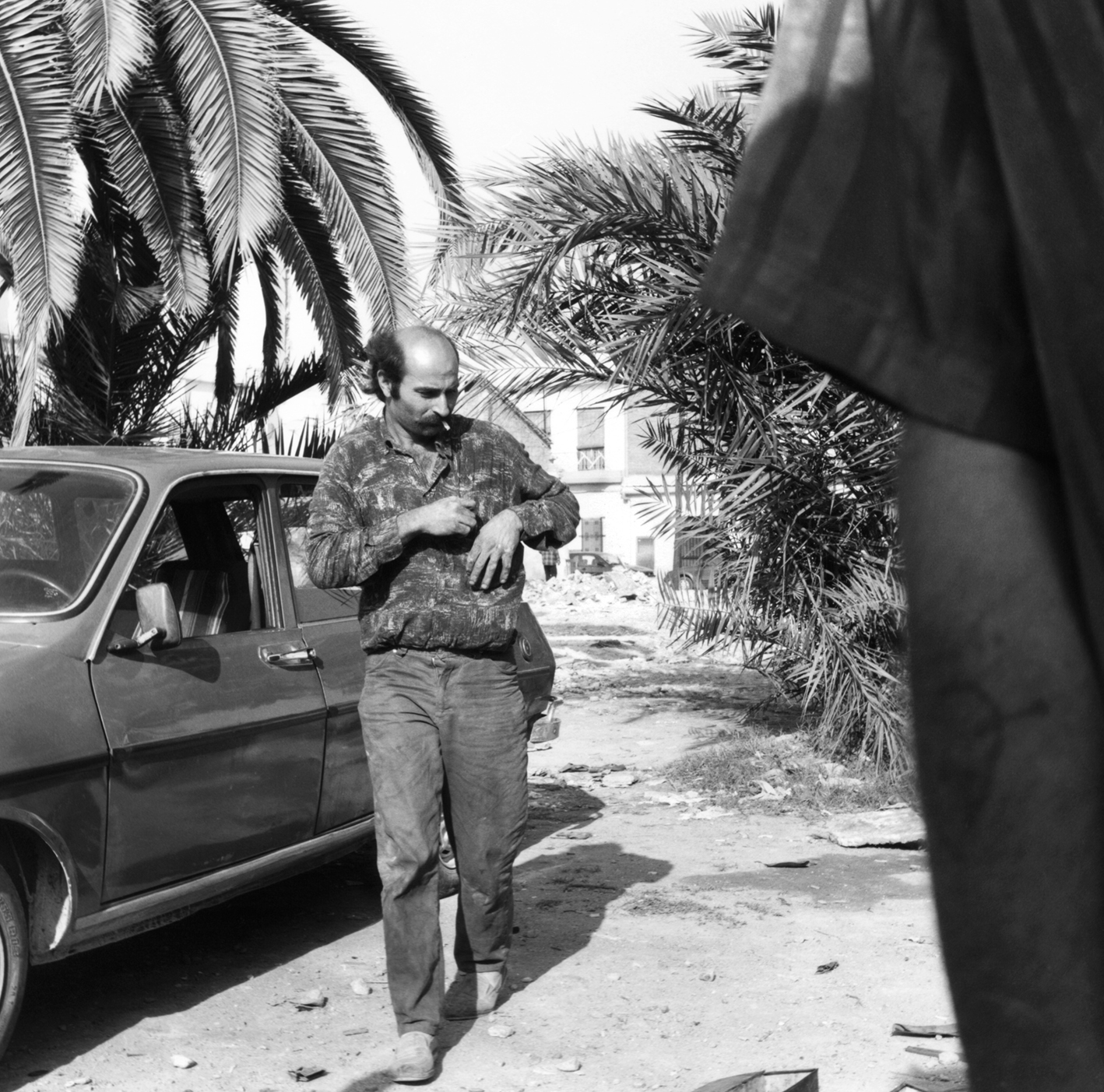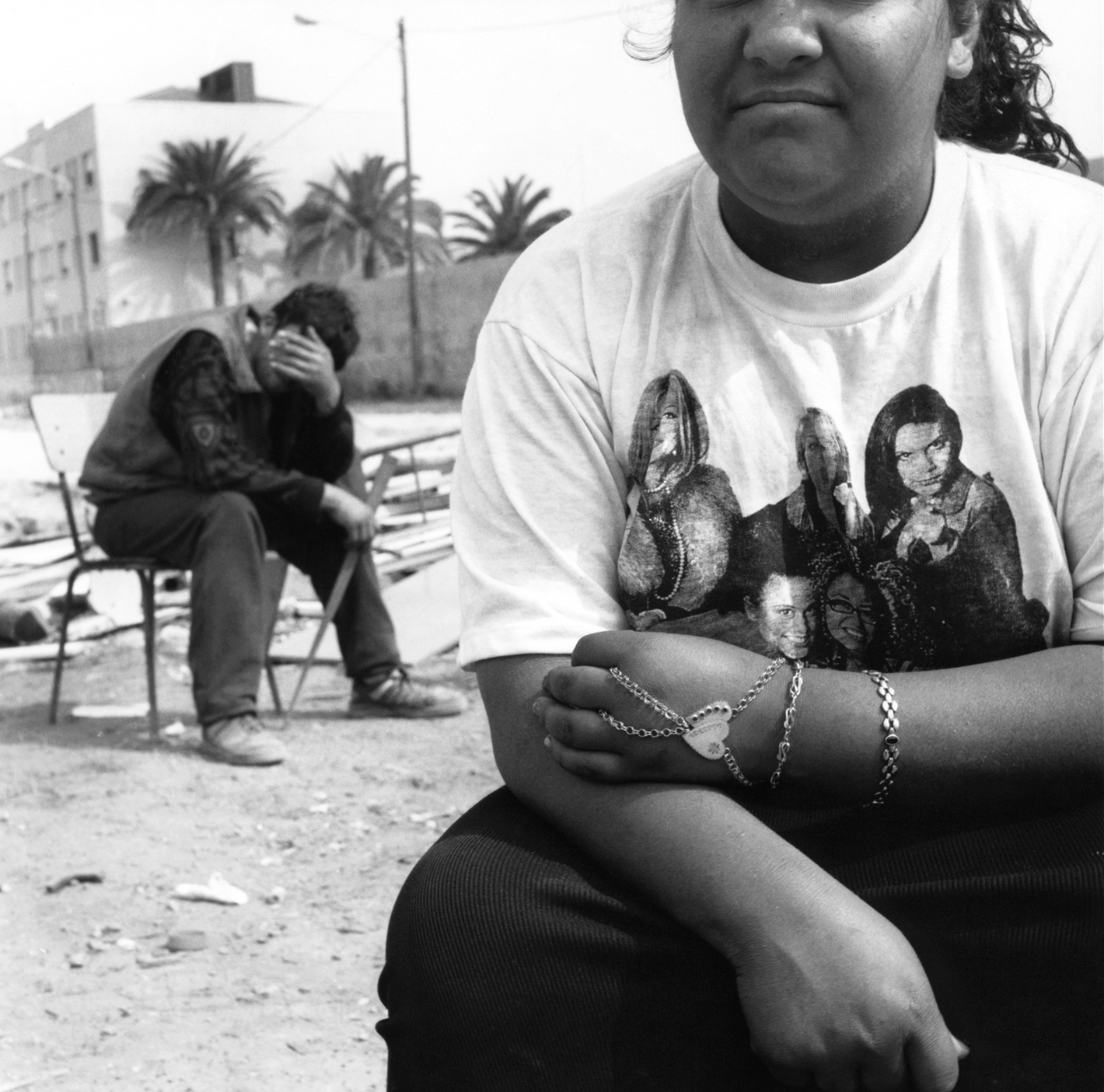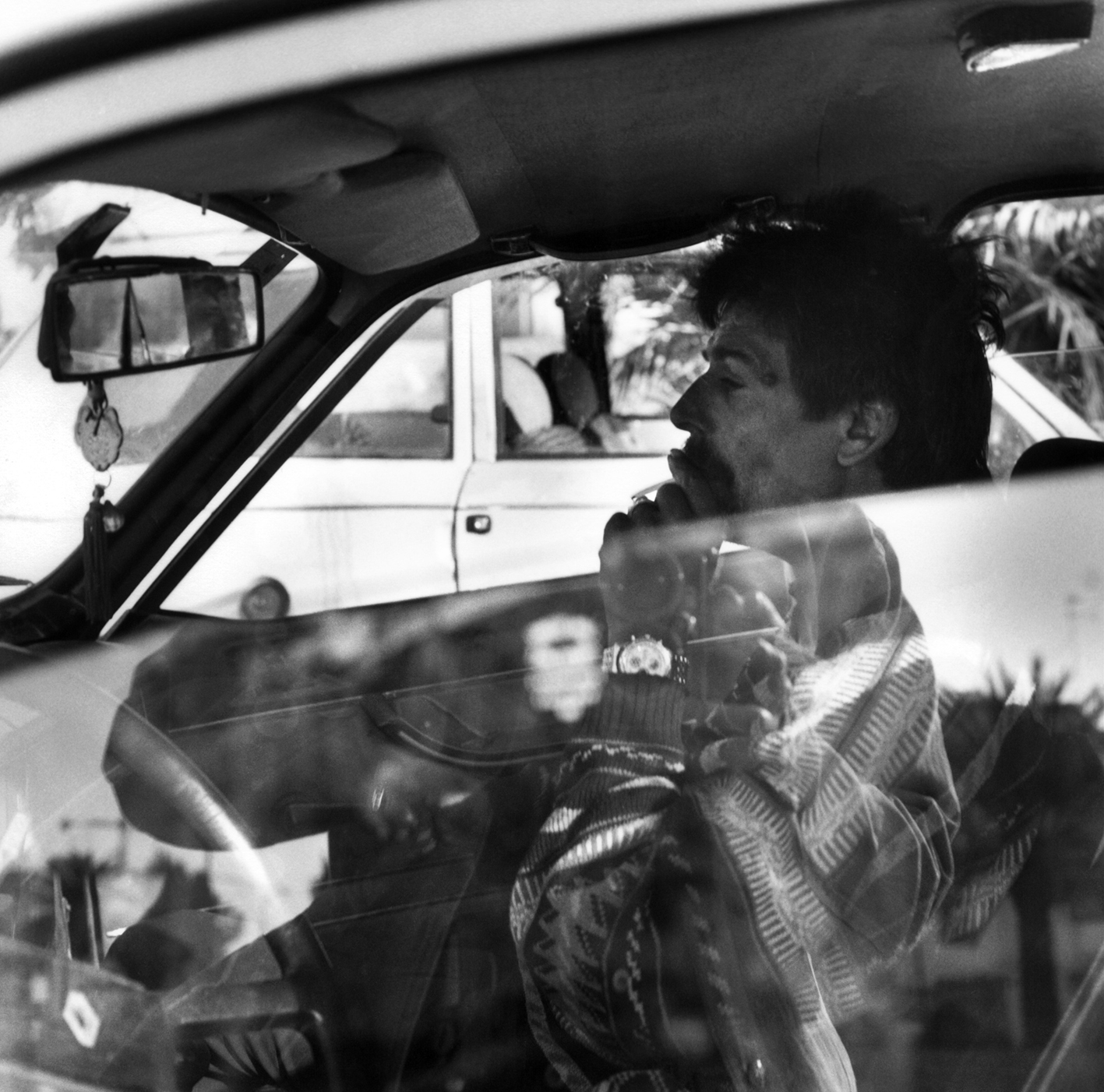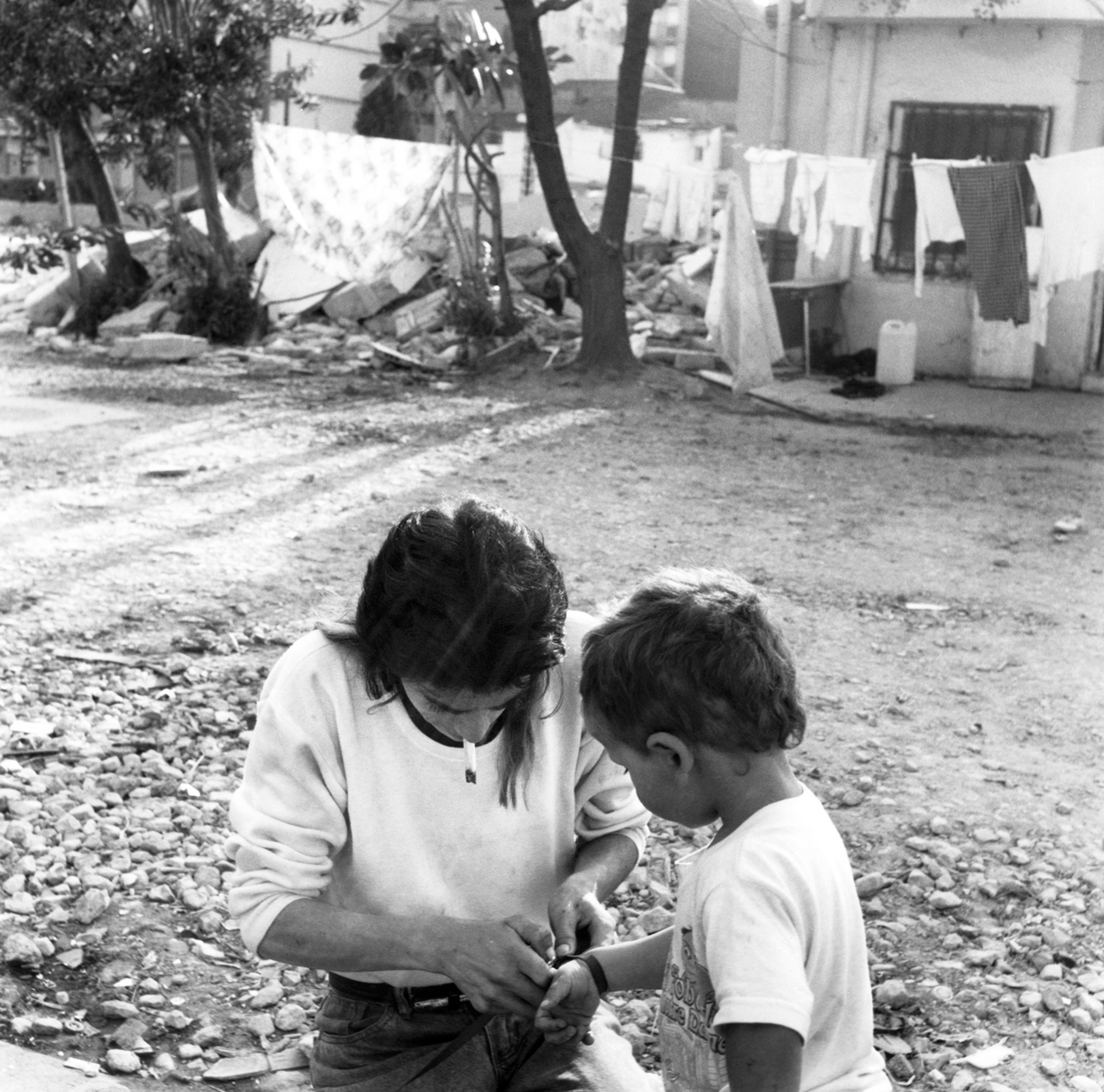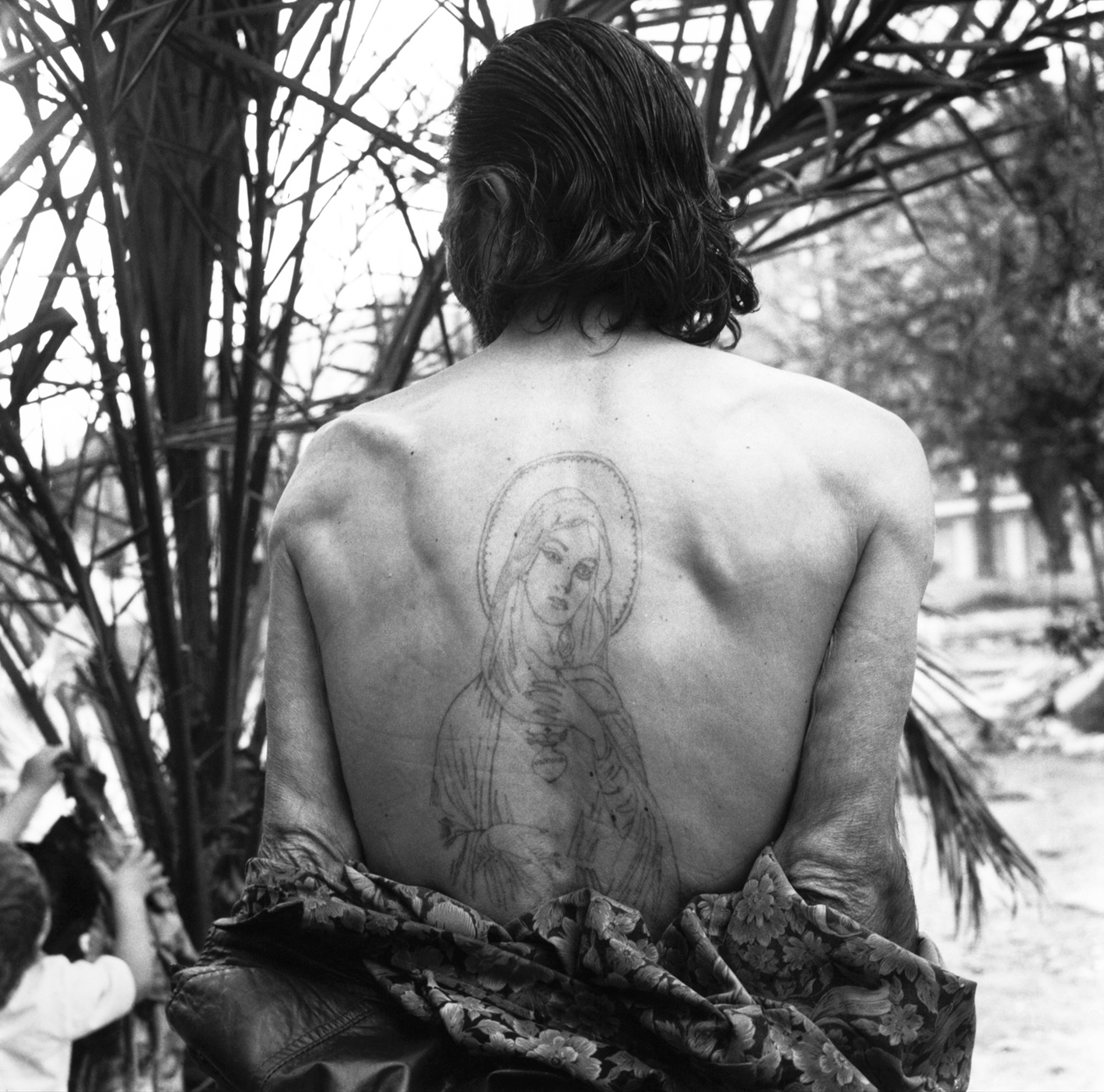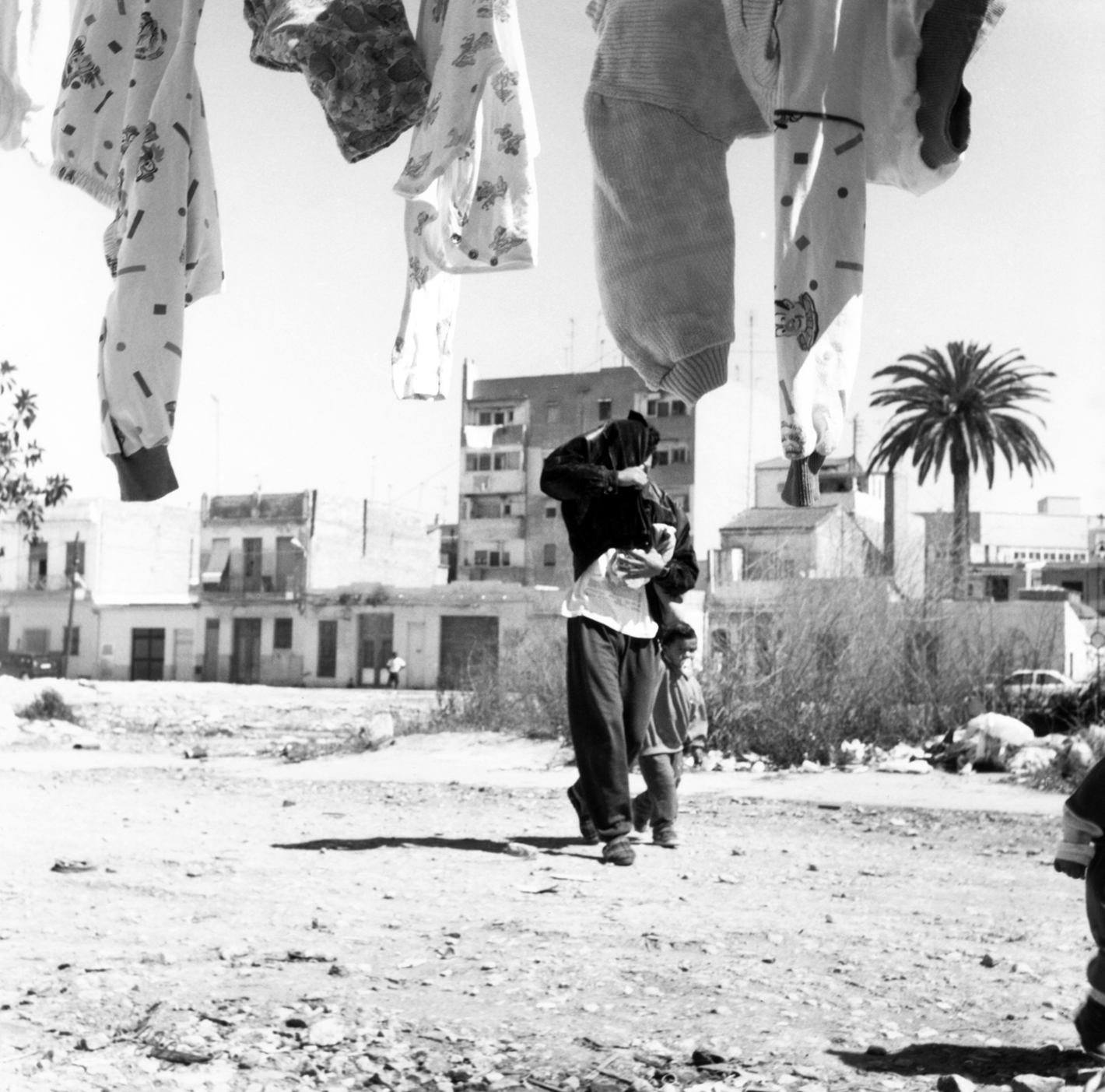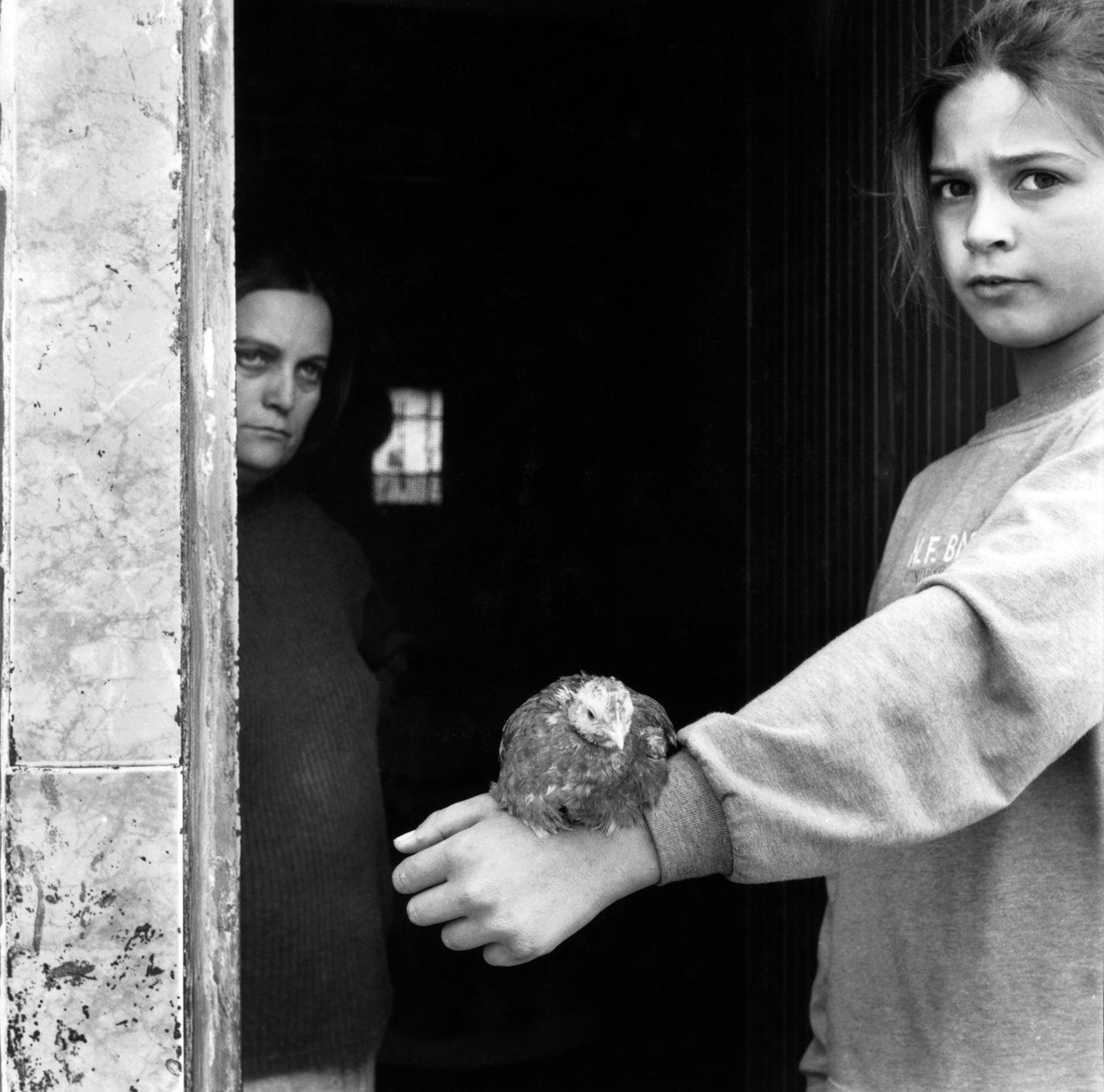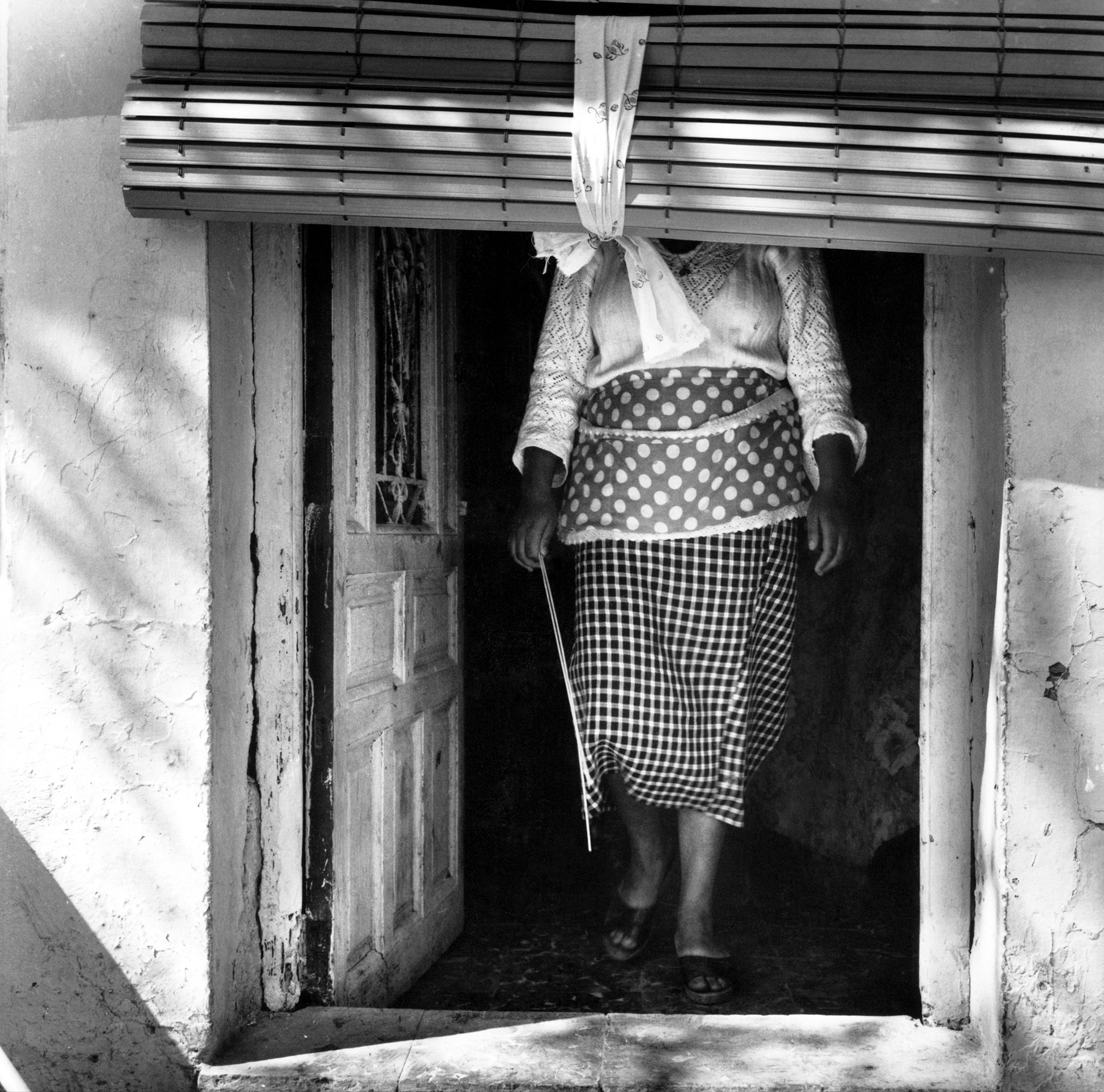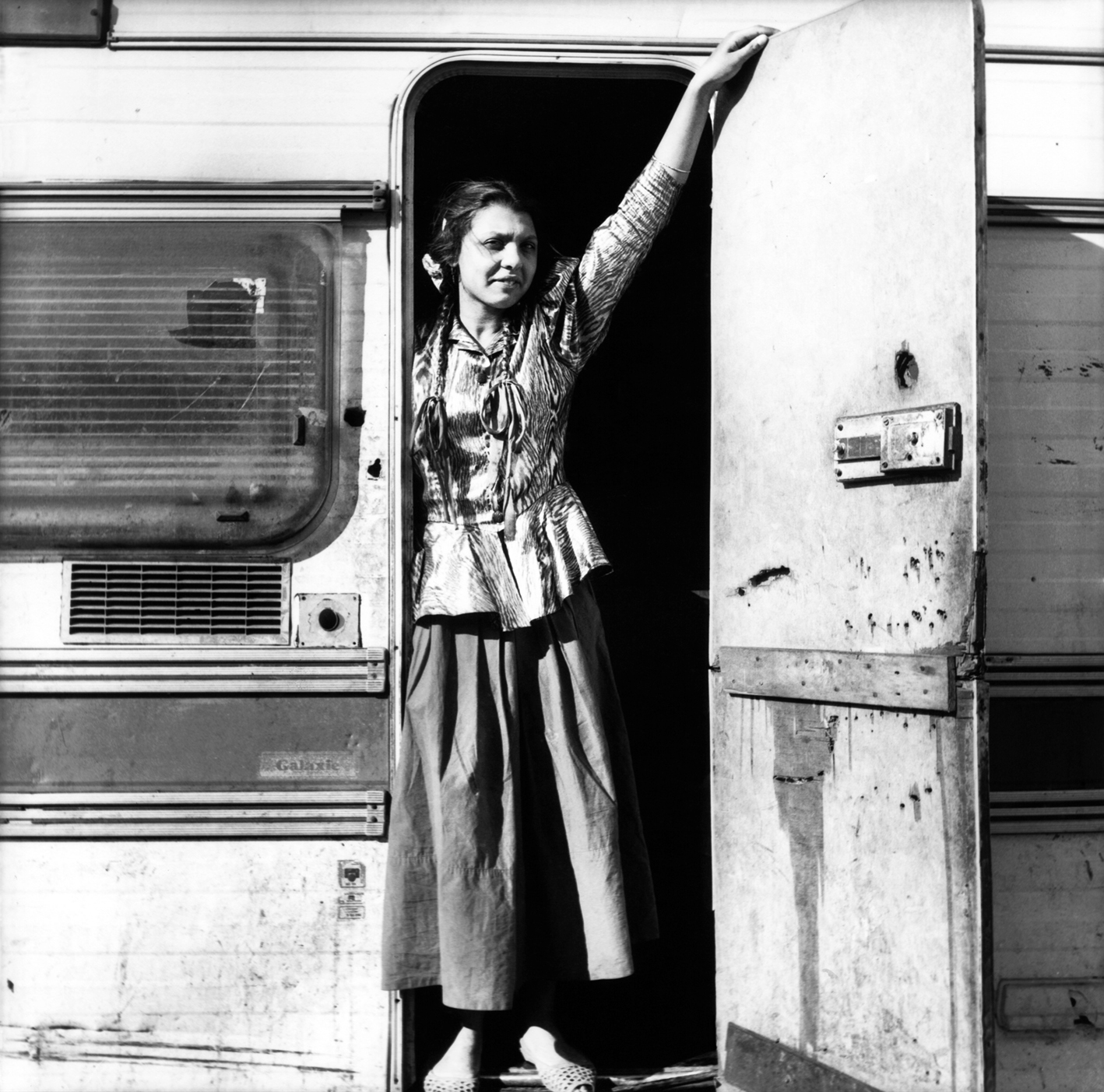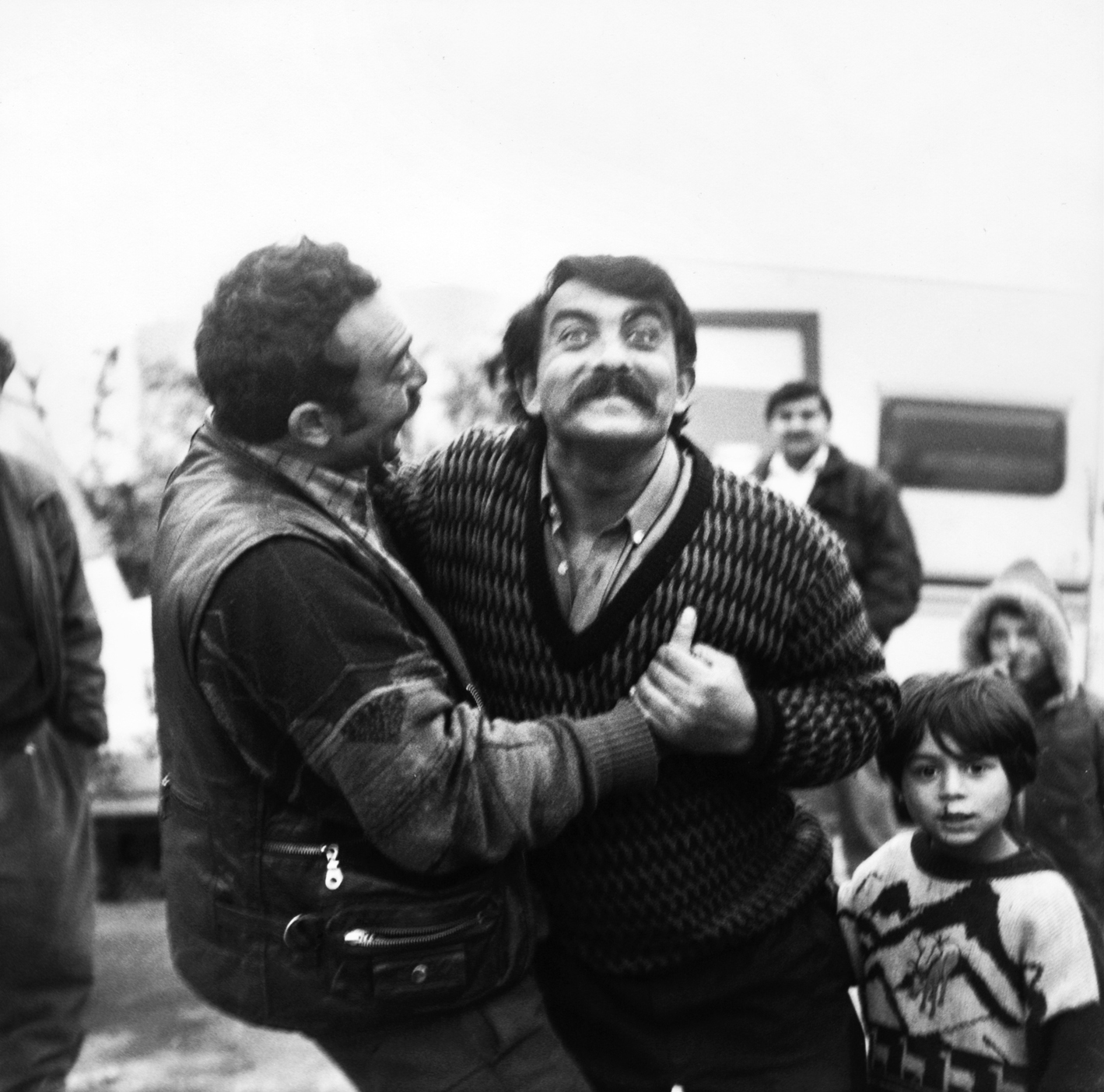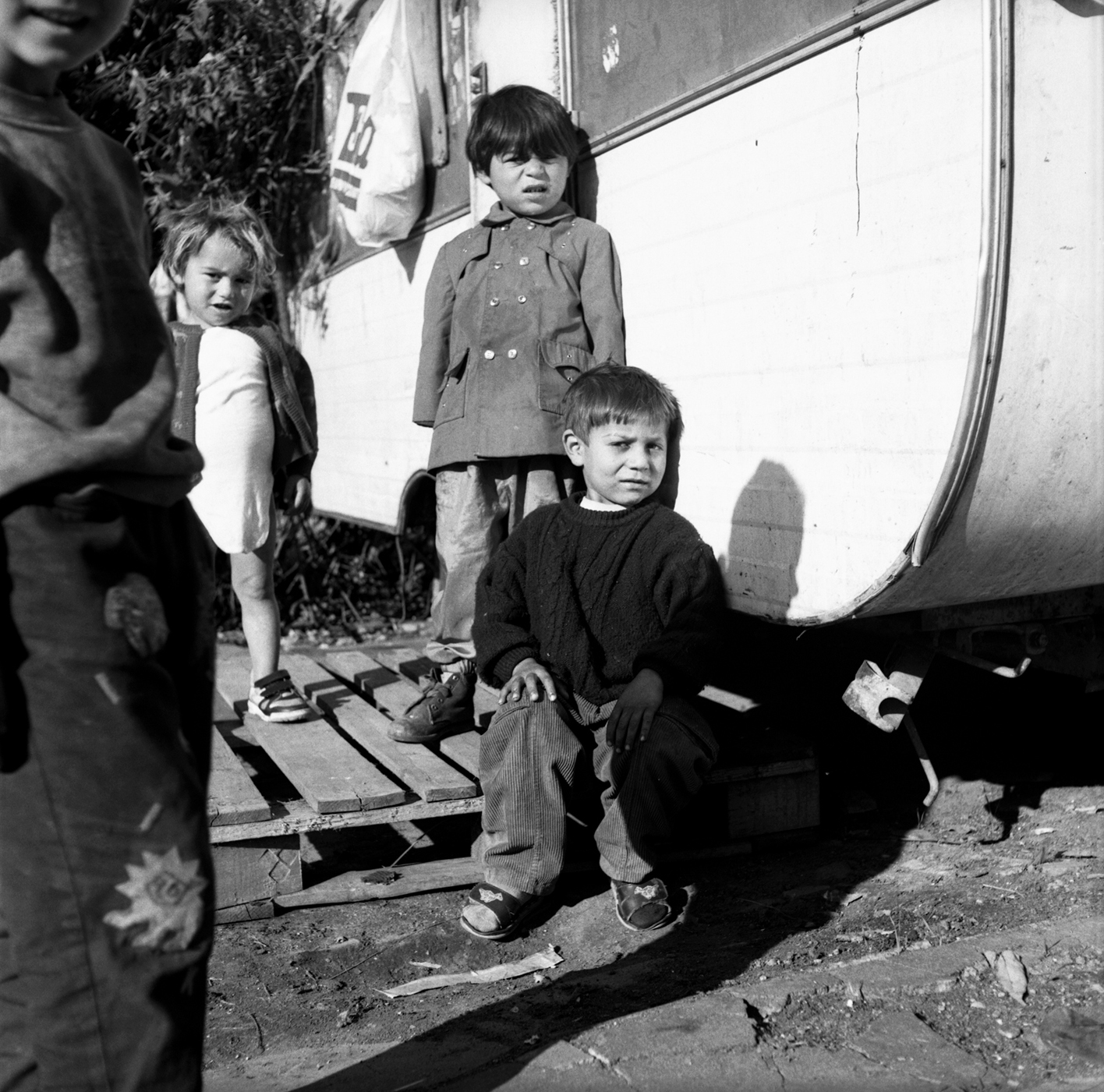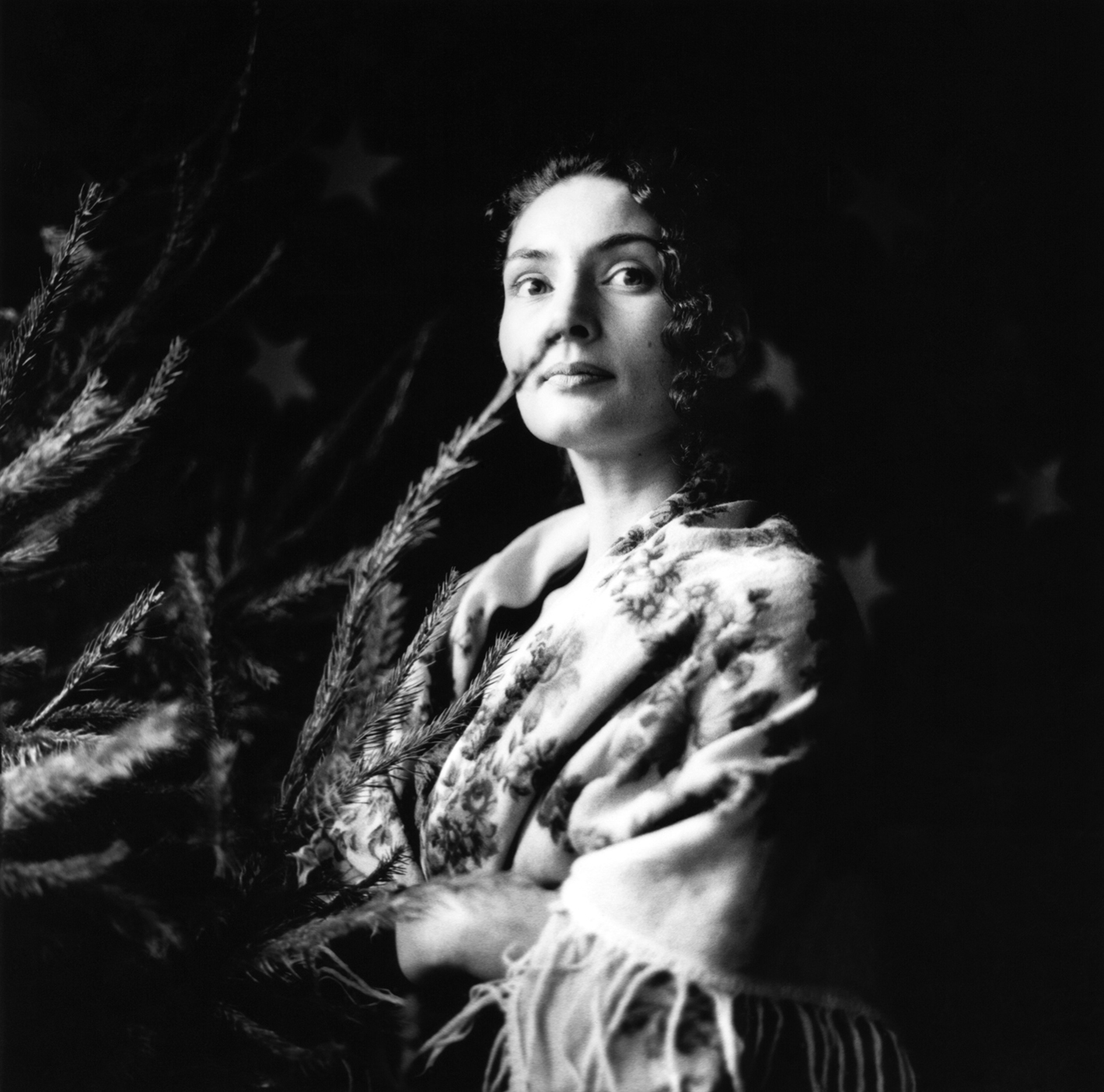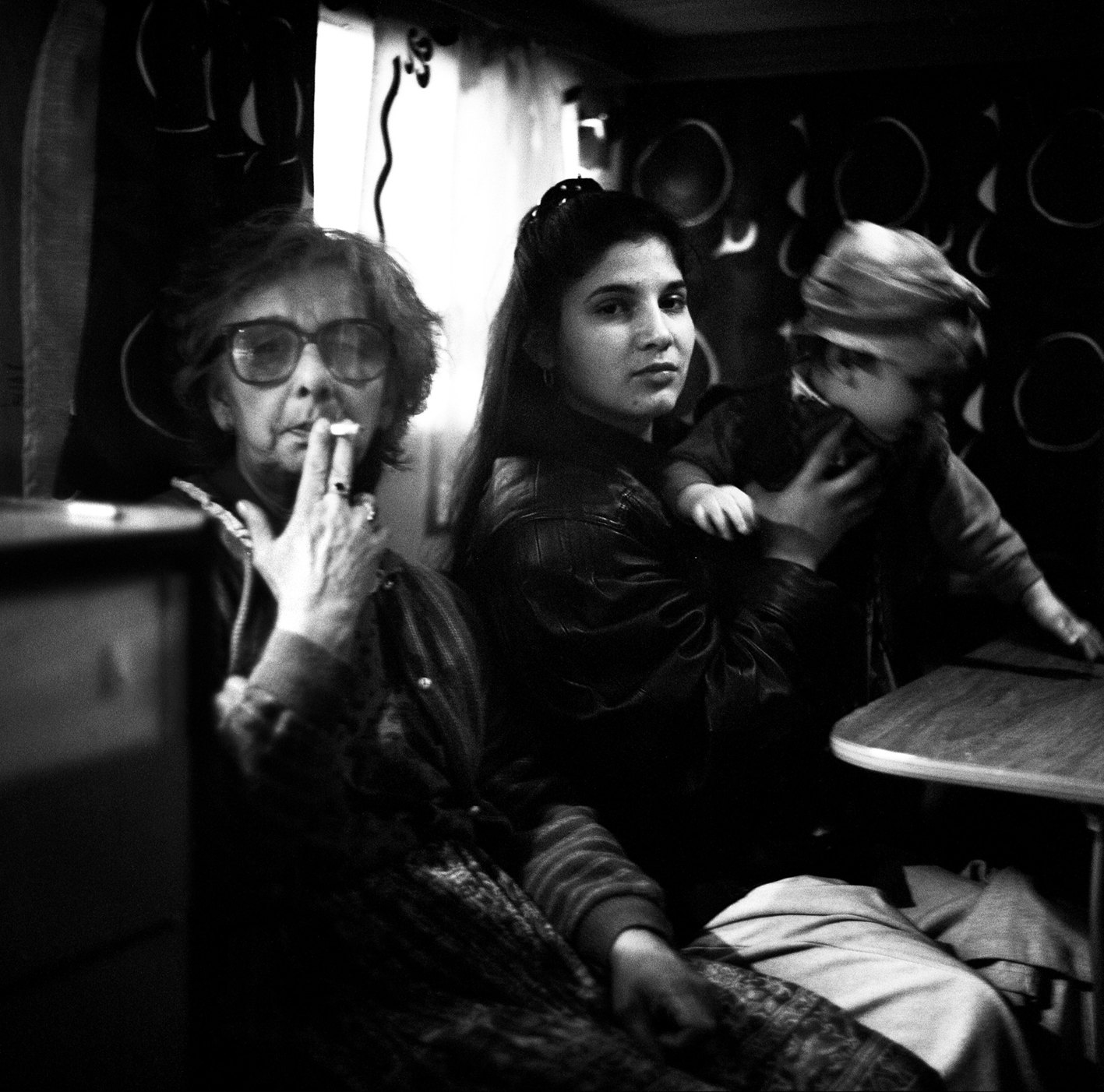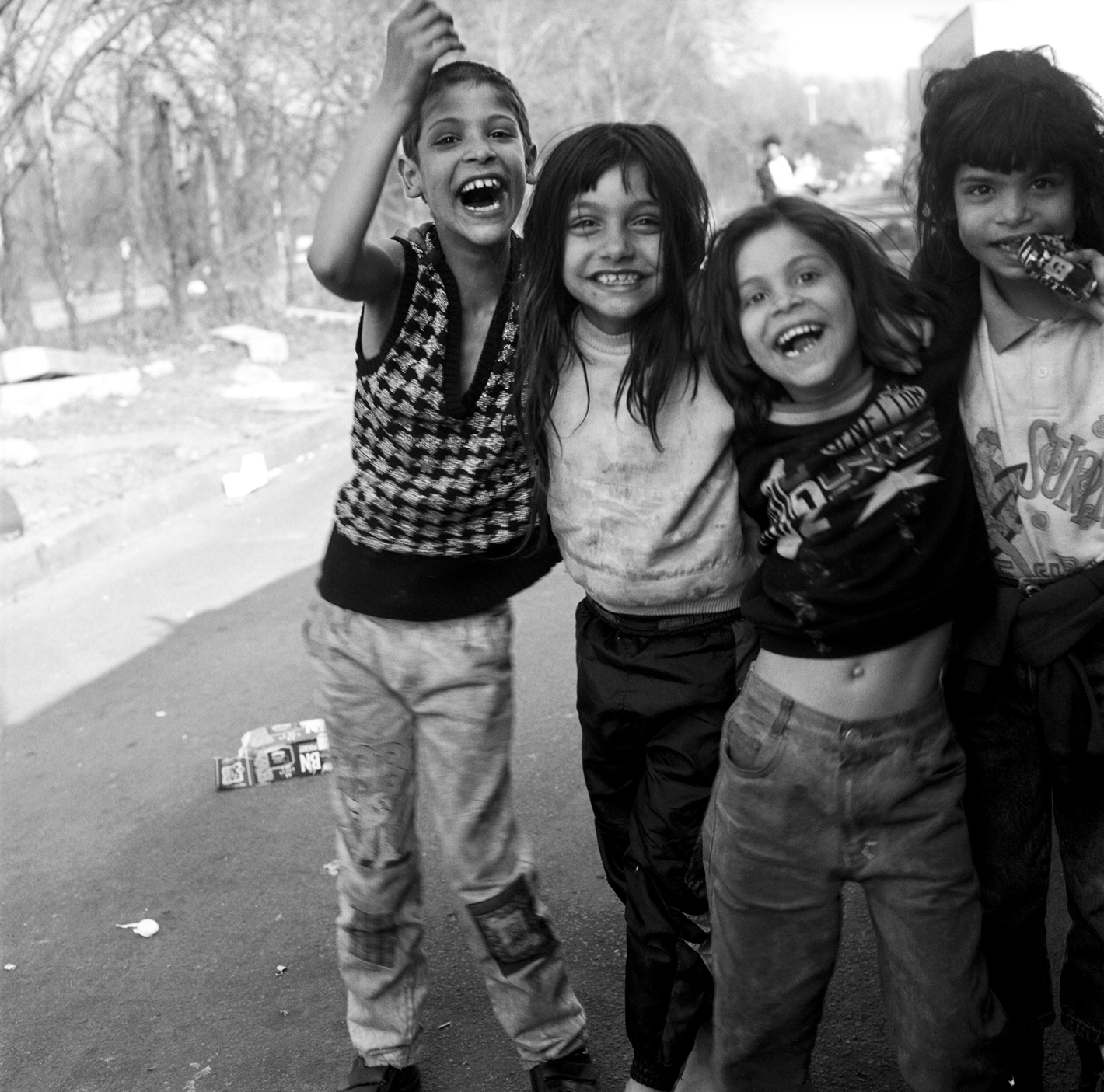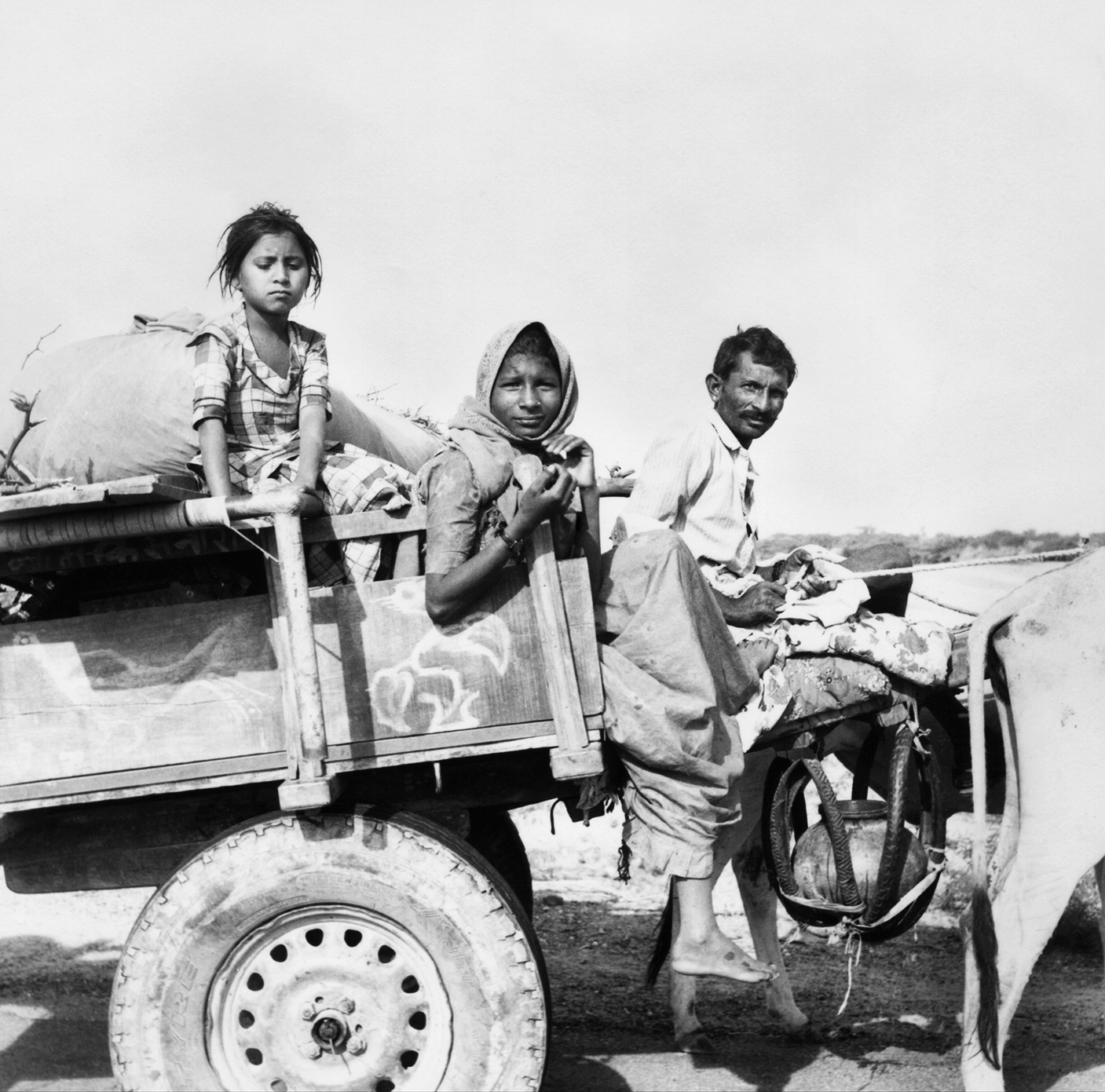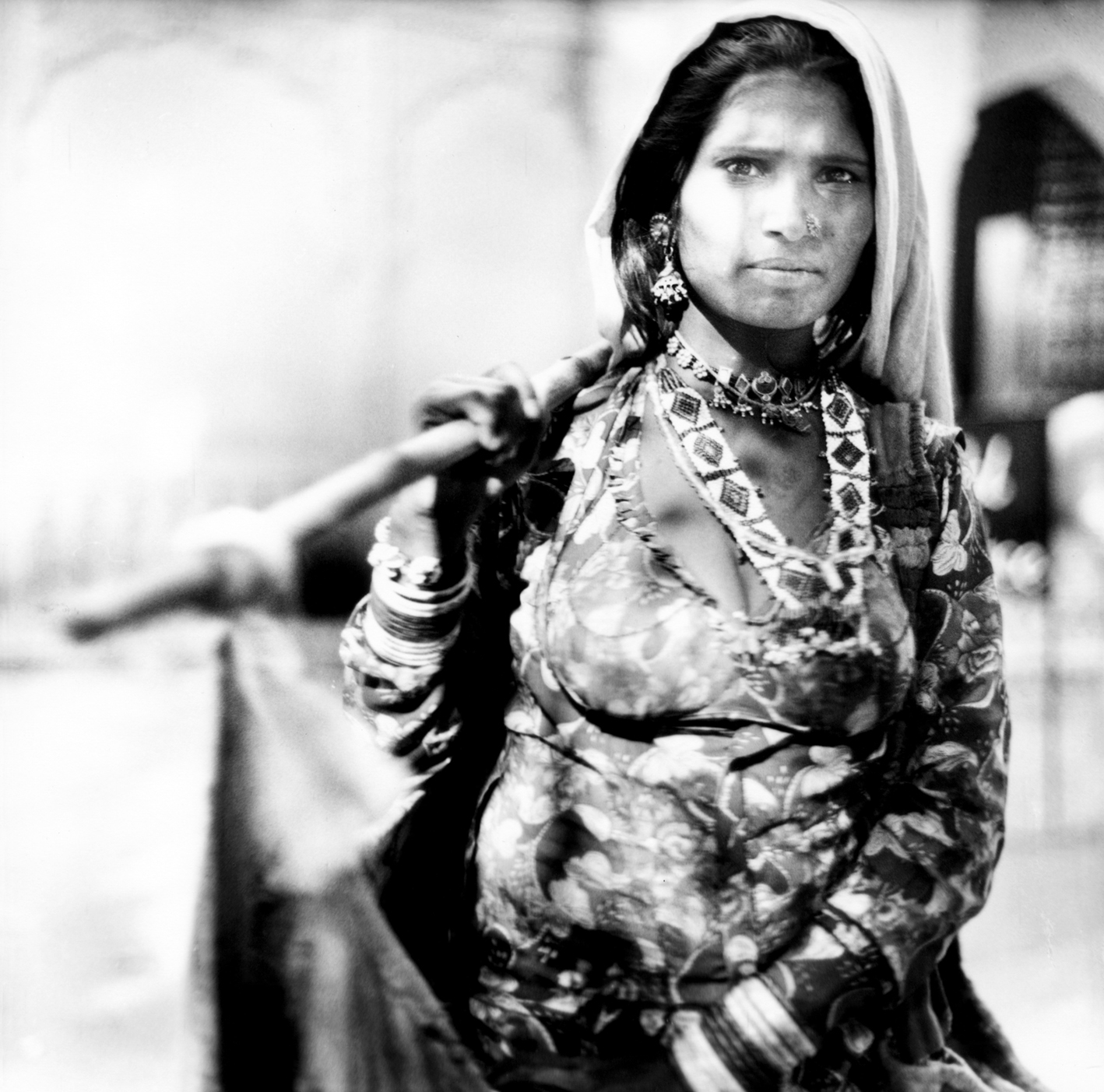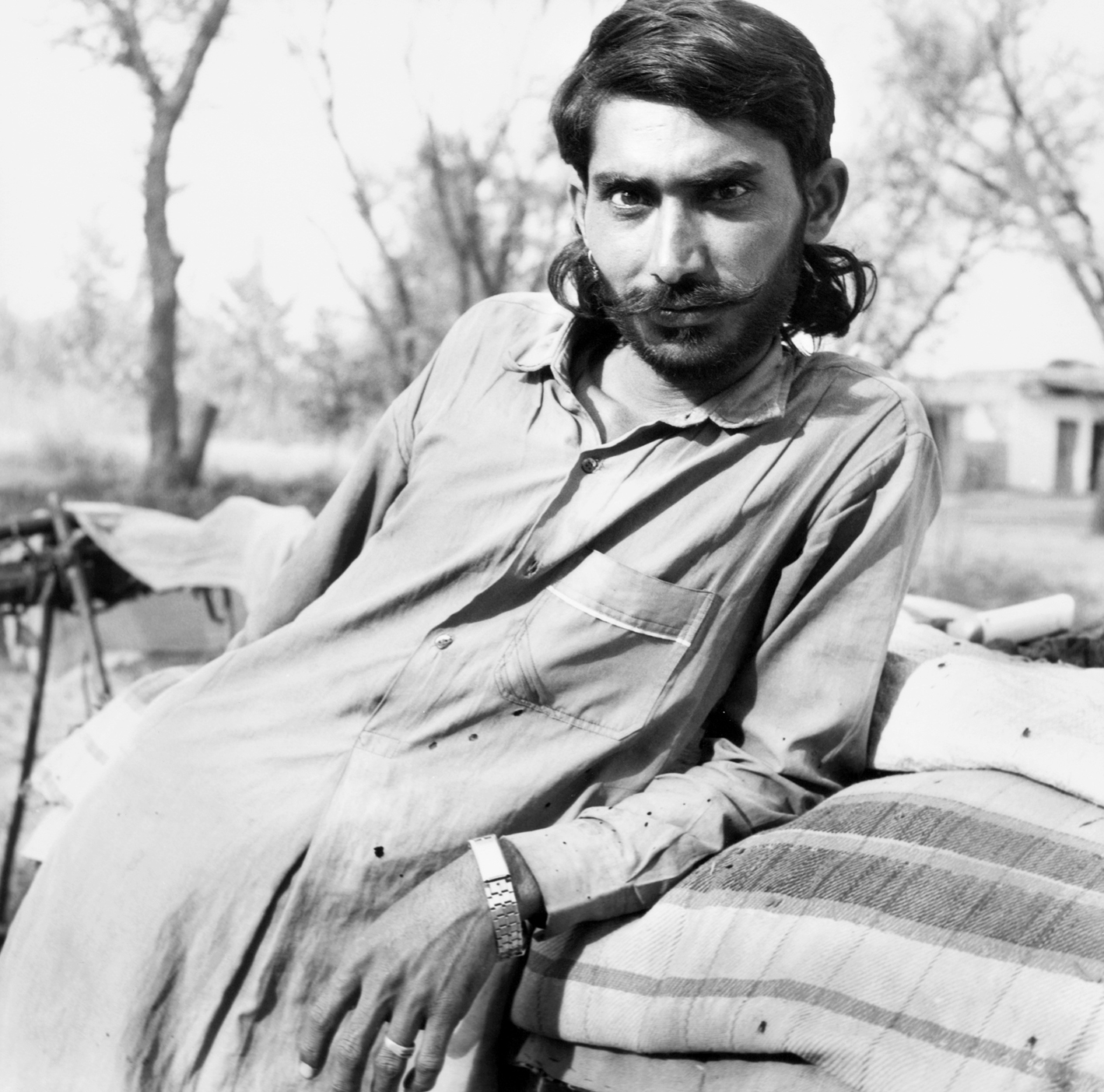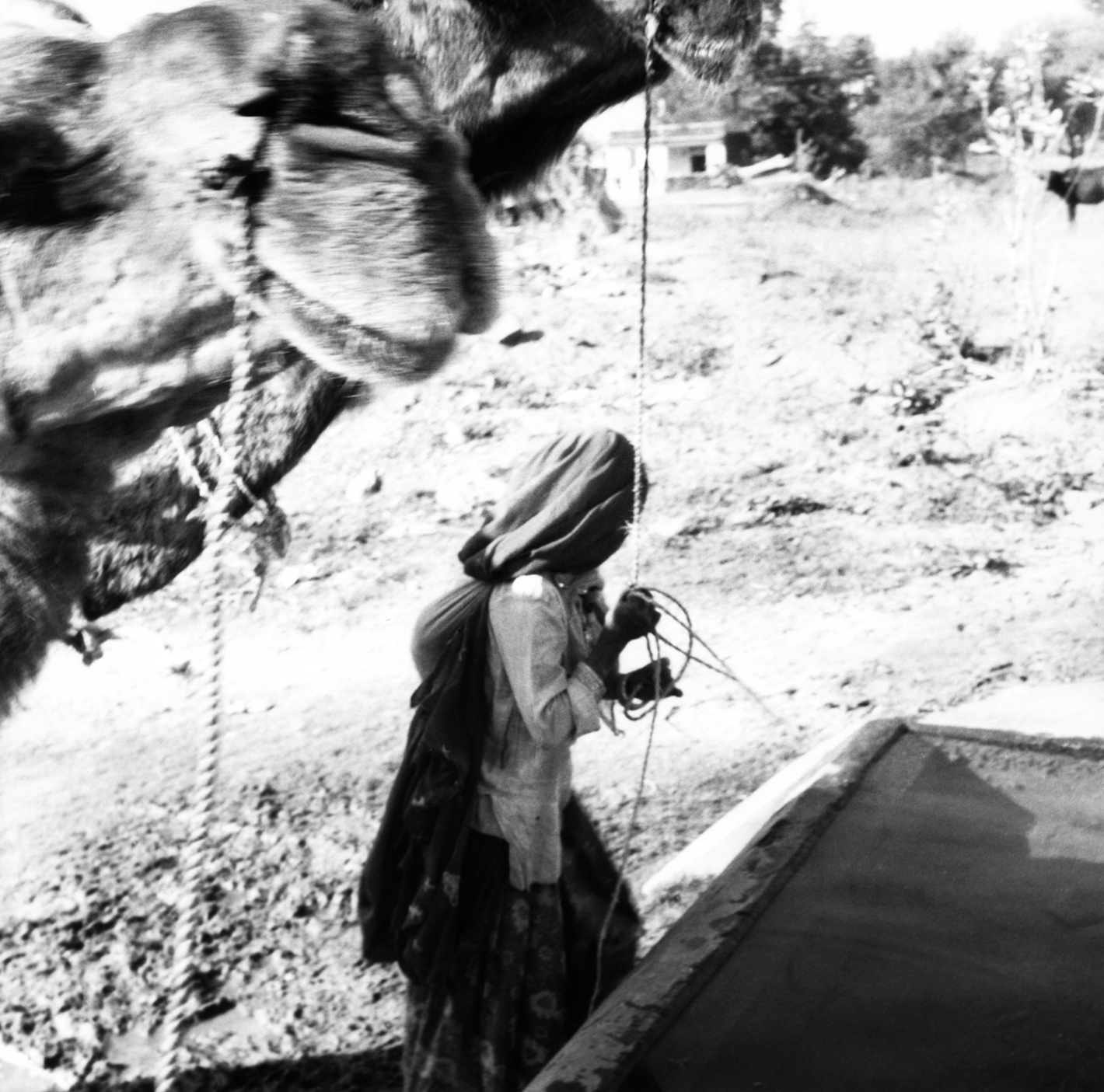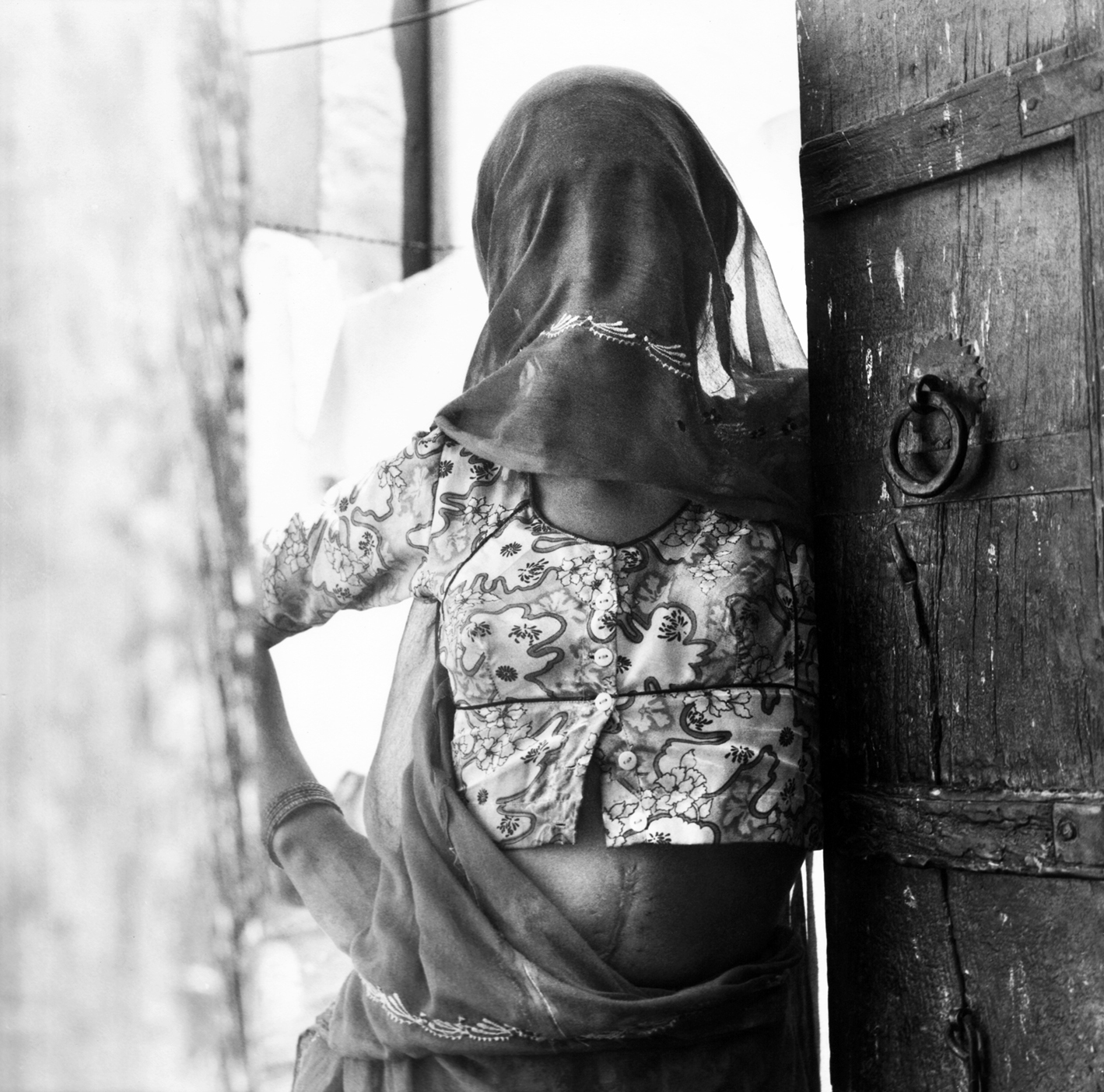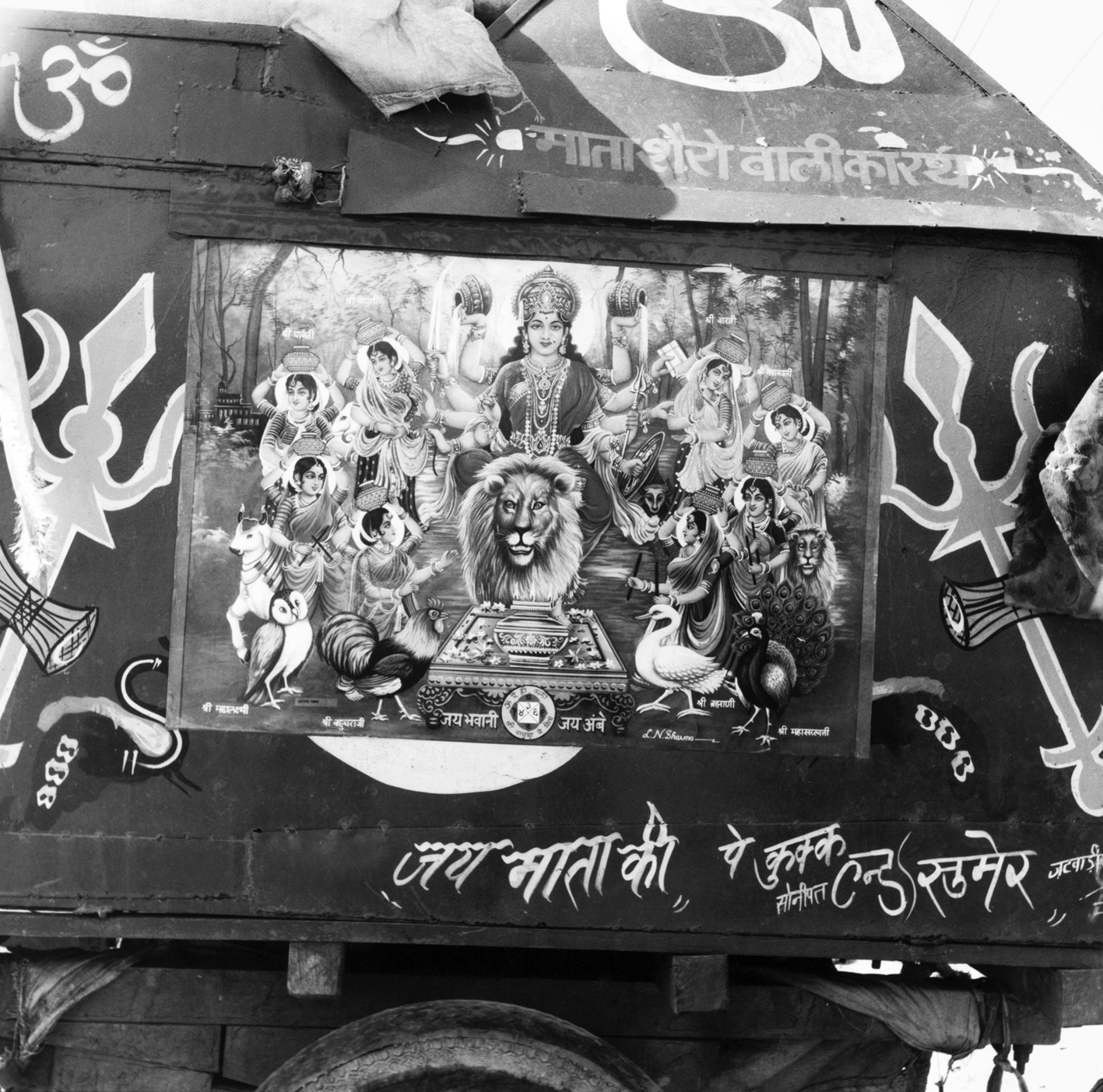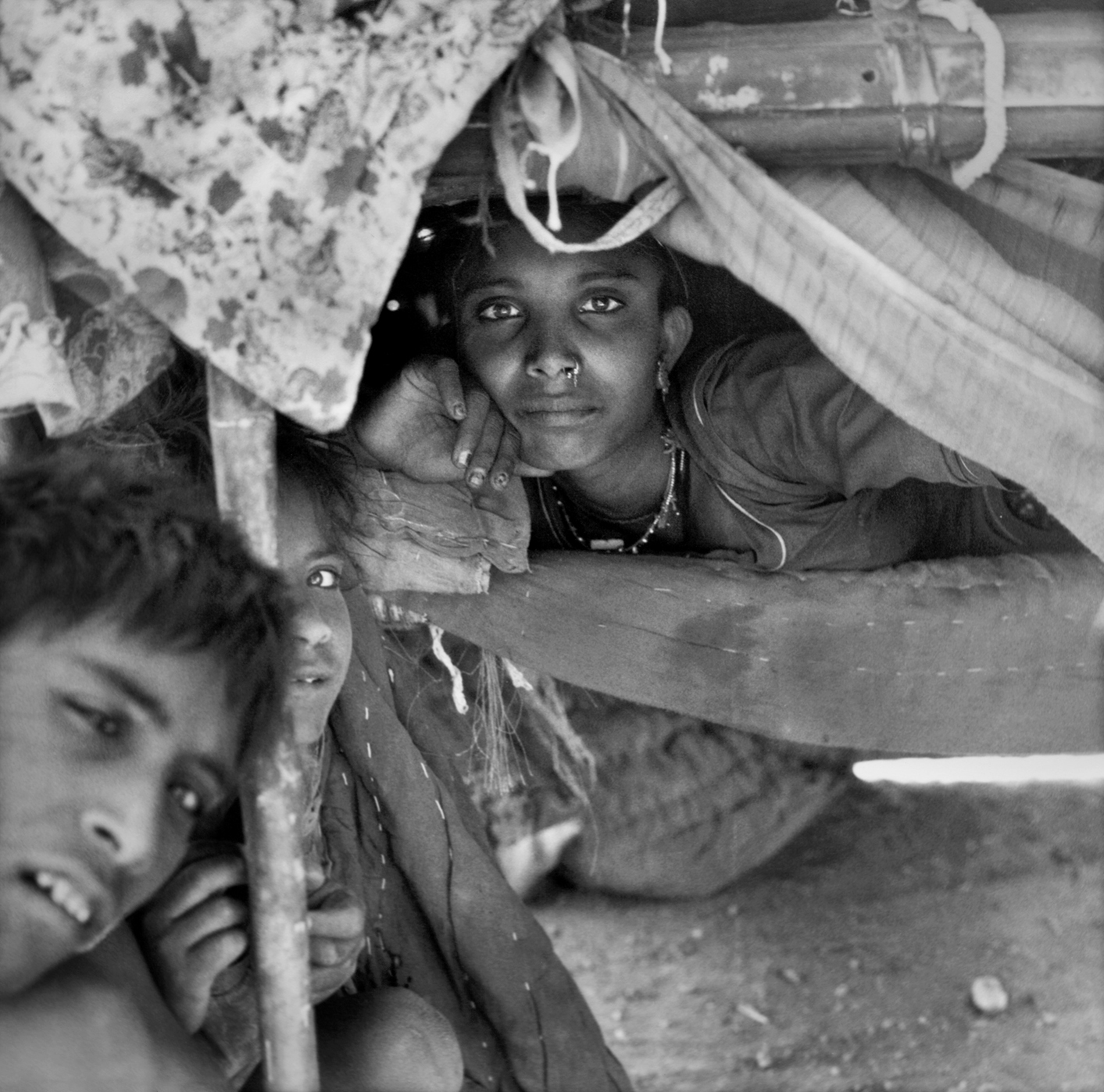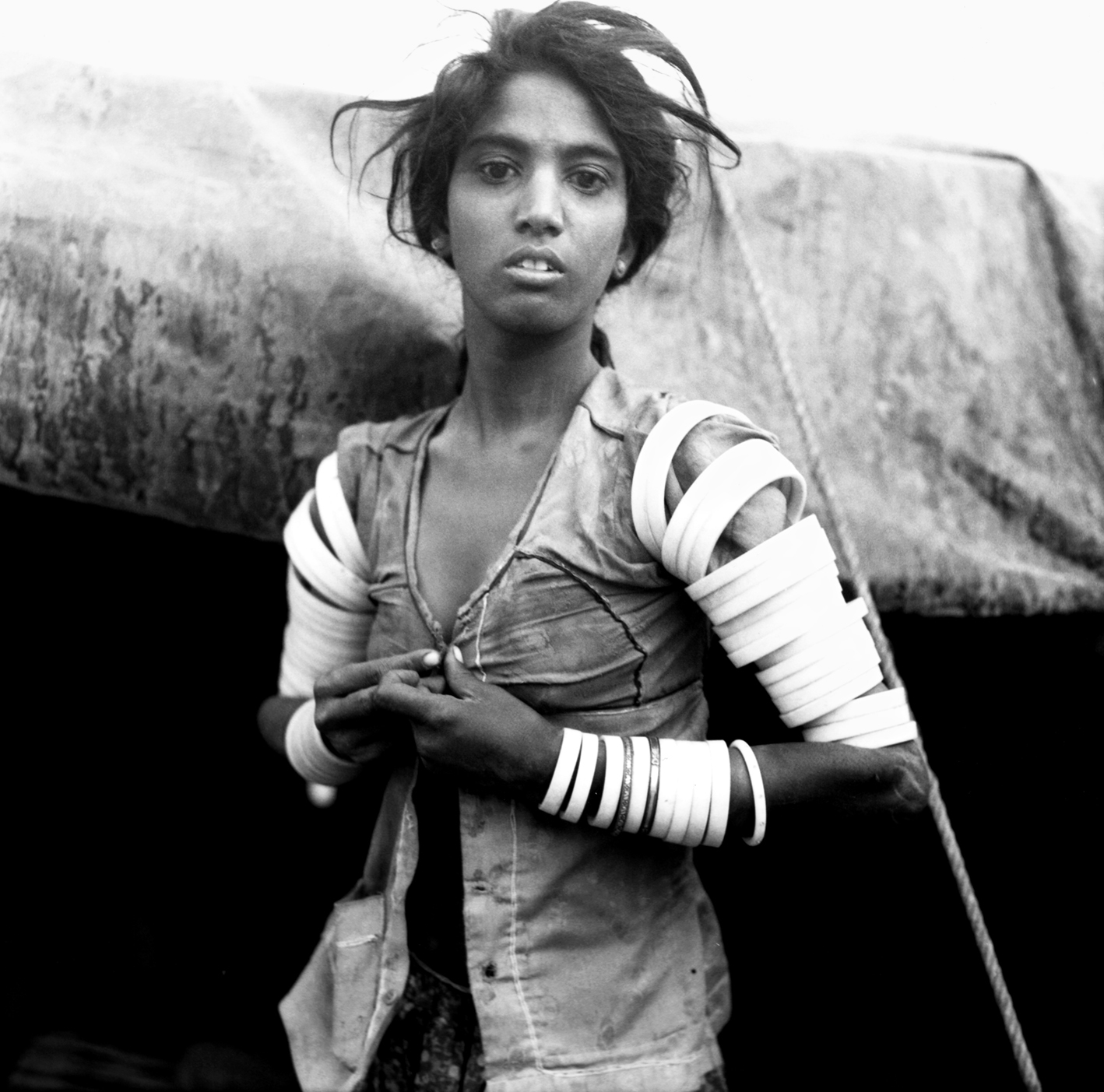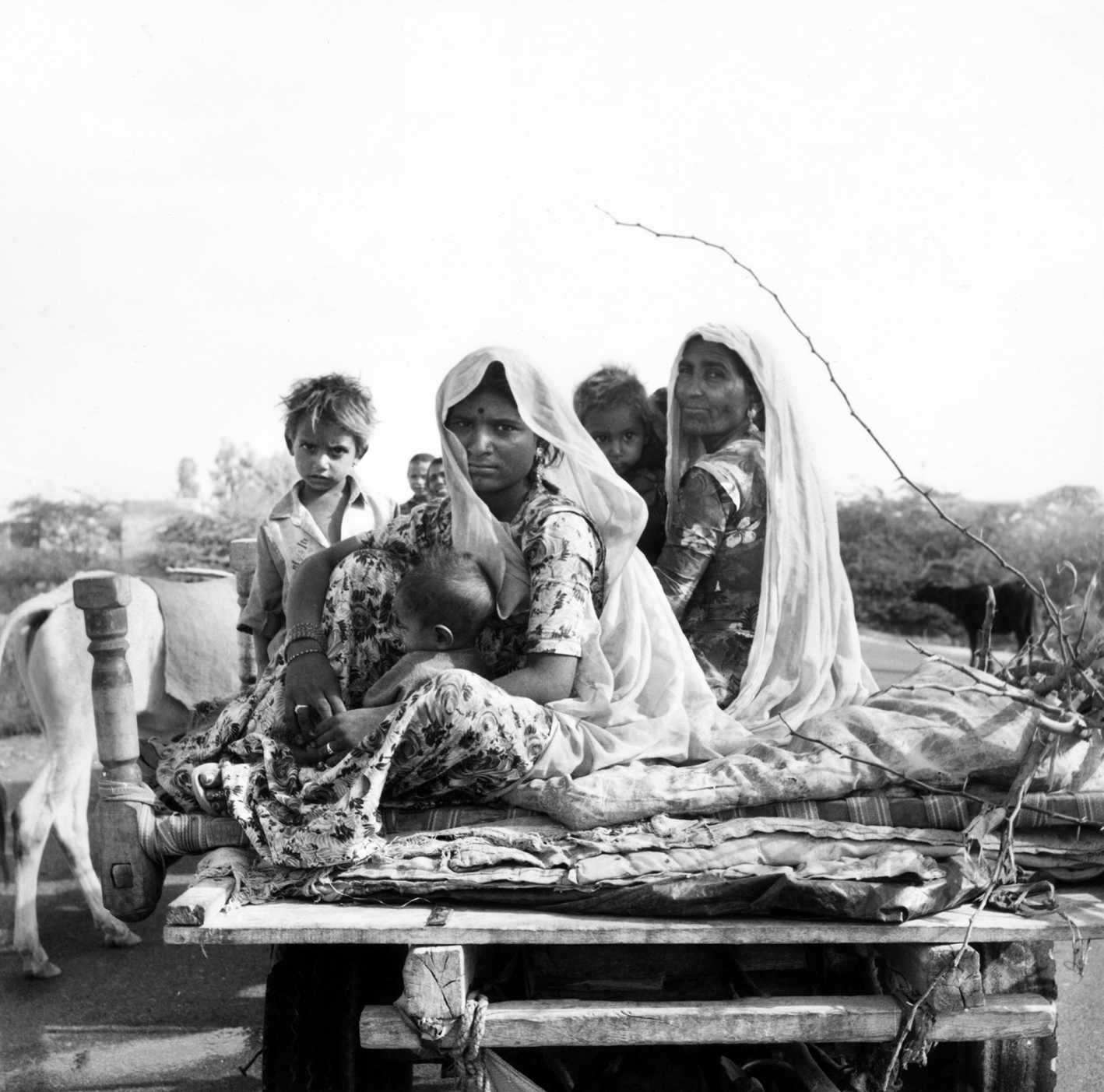Gypsies - Reportage in Romania, Spain, France and India
My interest—or fascination—with Gypsies dates back to my childhood, when I would see them setting up their caravans on vacant lots not far from my home in northern France. At the time, my fascination was mixed with fear, of course, since it was considered wise to be wary of these people who were “not like us.”
In fact, photography was initially a pretext for approaching them, long before they themselves became my main focus as a photographer. What was initially intended to be a short-term “exercise” as part of my studies quickly became the center of my photographic work. It was also by watching them live that I broadened my visual horizon: from portraiture, I moved on to a more general documentary approach, sometimes lingering on details, objects, and surroundings that I hope are as telling as faces.
I am obviously not seeking any kind of systematic approach with these images, nor do I claim to be exhaustive in any way. I am simply trying to share emotions.
Similarly, I do not aim to follow the Gypsies wherever they are—wherever they go—but rather attempt to convey their reality through a few emblematic places and situations.
After France, I went to meet them in Spain, Romania, and Rajasthan, which for me was like traveling up a river to its source.
Here and there, I found the same world. Whether they remain nomadic or have been in the same place for centuries, beyond passports, Gypsies are above all Gypsies, guardians of traditions stronger than circumstances.
Whether they are called Gypsies, Roma, Zingaro, Zingaros, Tsiganes, Romanichels, Bohemians, Manouches, or Sinti, whether they live in Valencia or northern India, whether they travel across Europe, from the banks of the Danube to Saintes-Maries-de-la-Mer, they are one and the same people, whose identity transcends borders and the upheavals of history.















